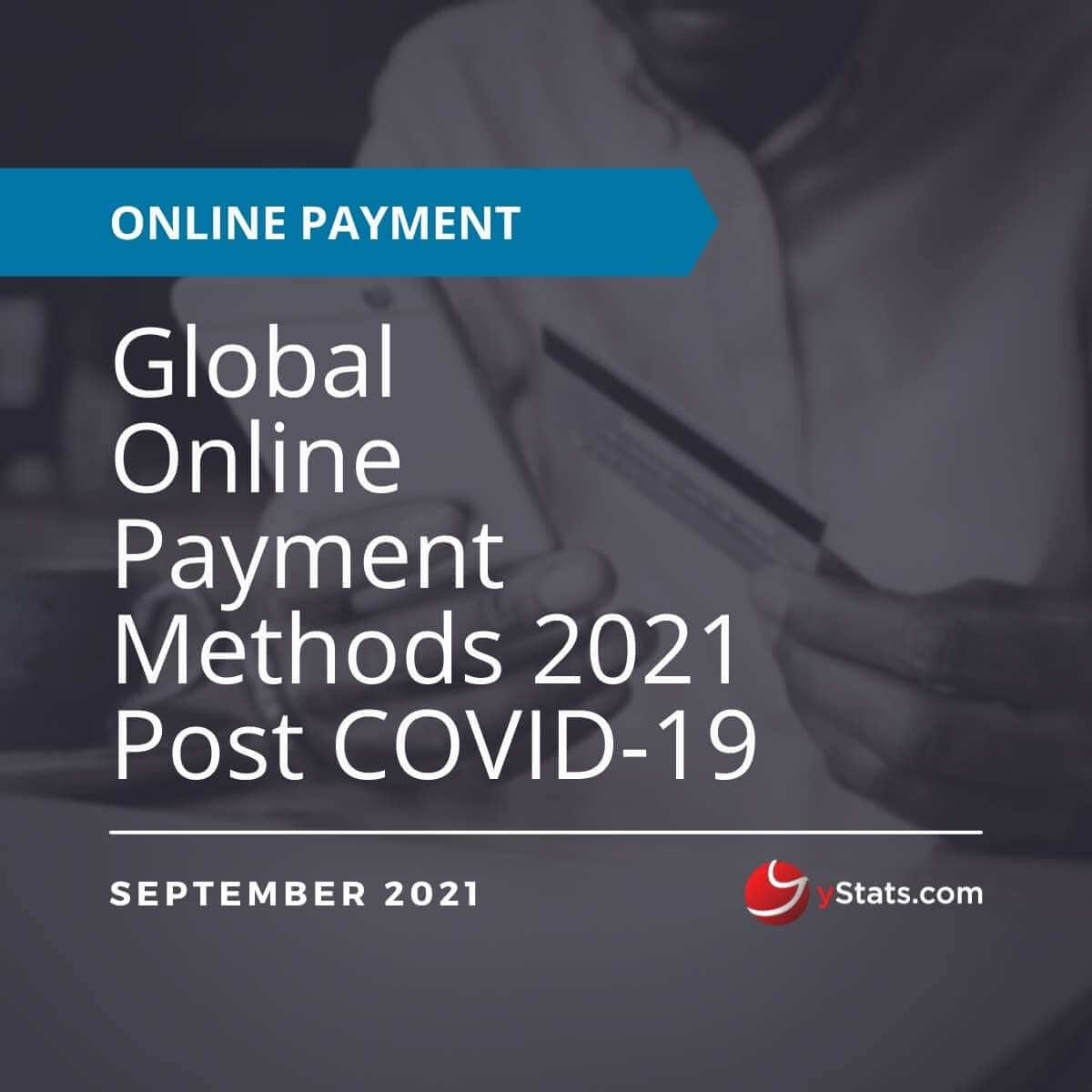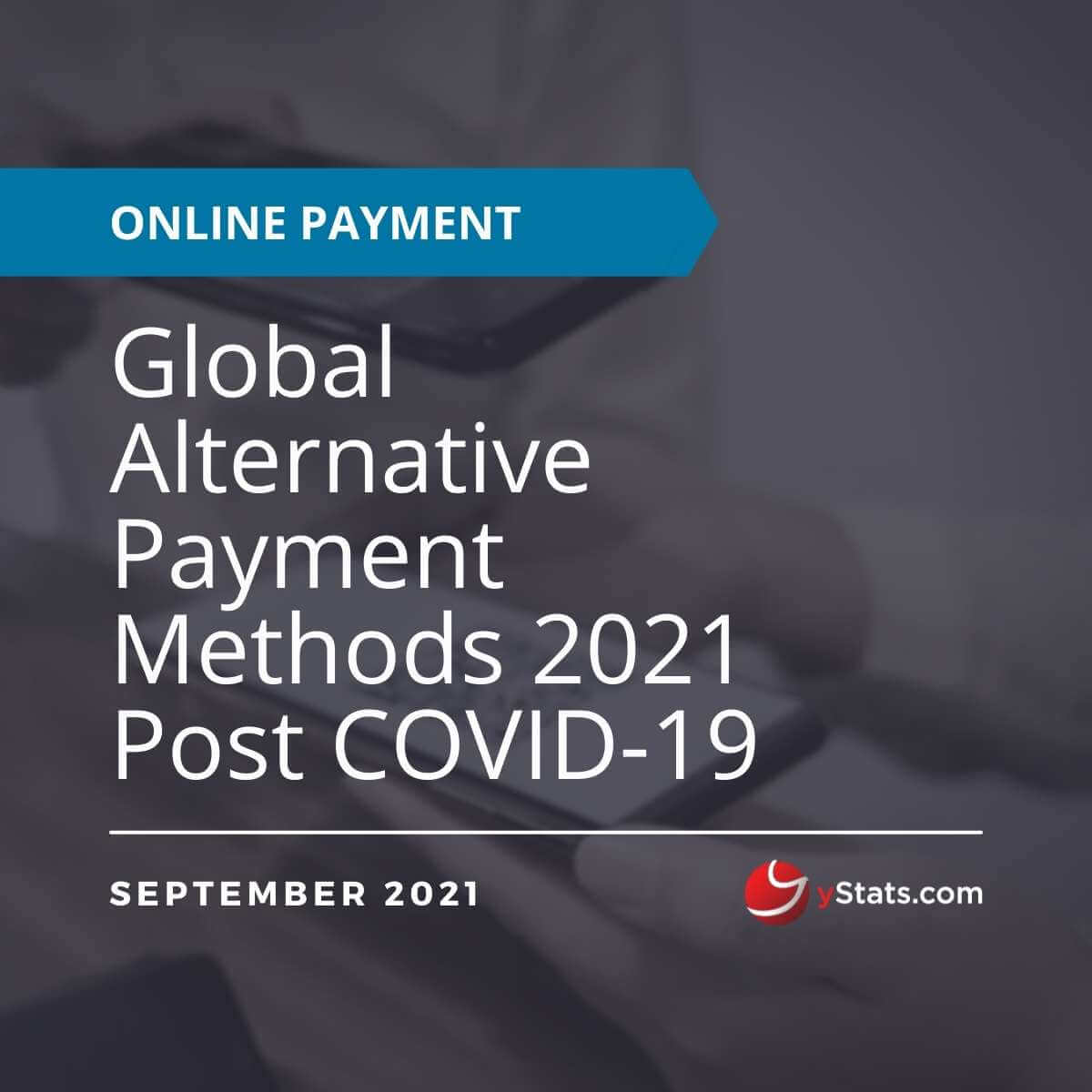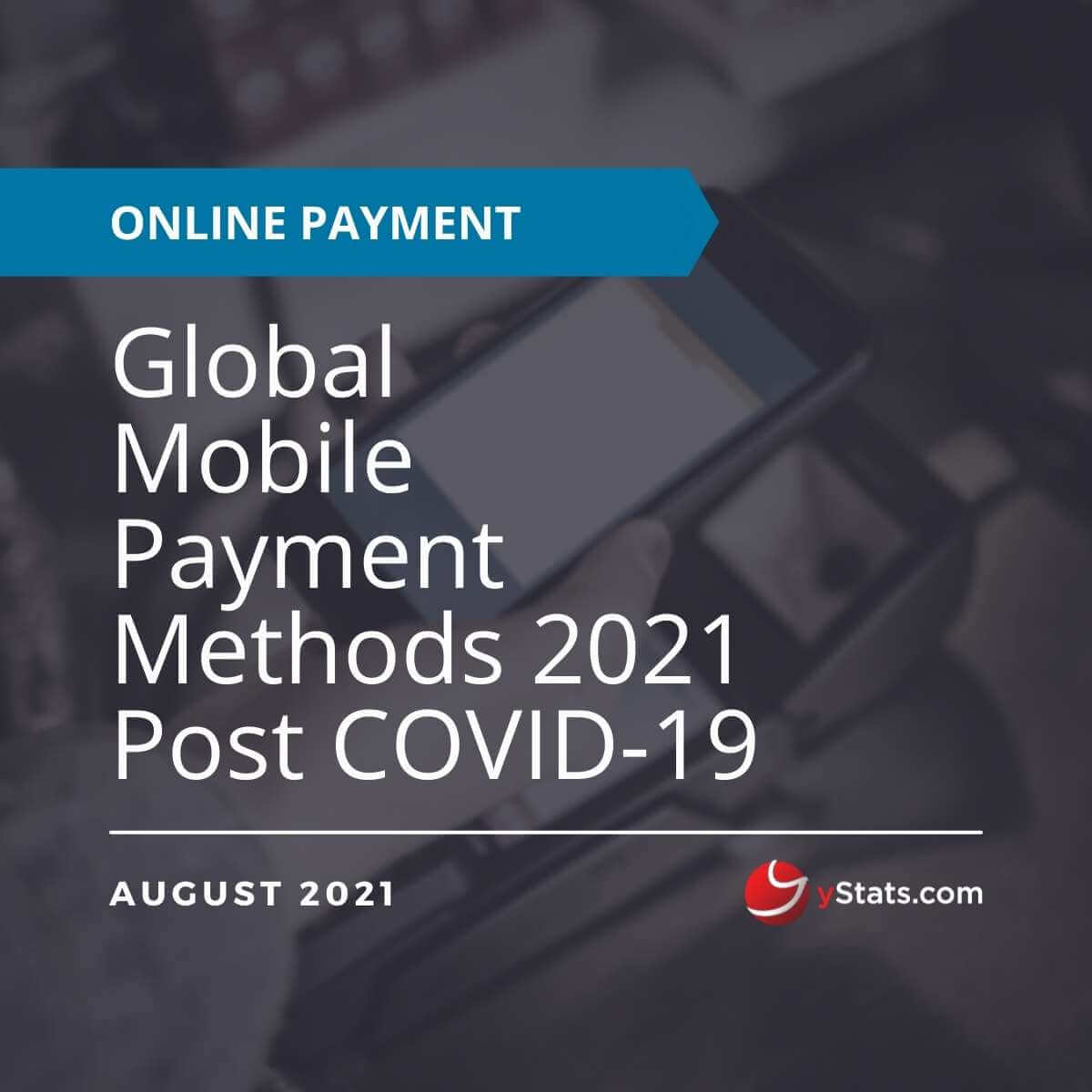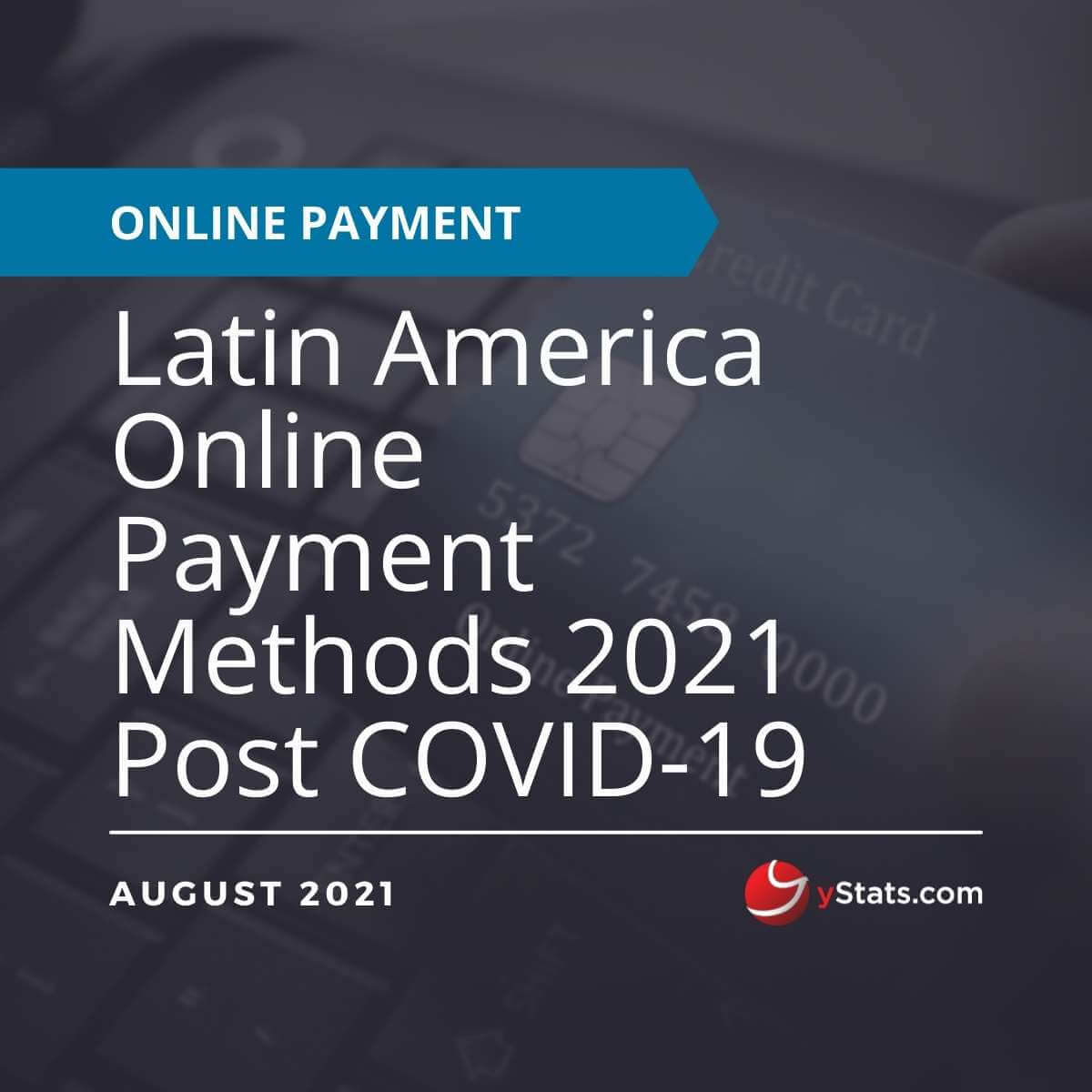Description
Countries Covered: Argentina, Australia, Austria, Belgium, Brazil, Bulgaria, Canada, Chile, China, Colombia, Croatia, Czech Republic, Denmark, Dominican Republic, Egypt, Finland, France, Germany, Hong Kong, Hungary, India, Indonesia, Israel, Italy, Japan, Jordan, Kenya, Malaysia, Mexico, Morocco, Netherlands, New Zealand, Nigeria, Norway, Peru, Philippines, Poland, Portugal, Romania, Russia, Saudi Arabia, Singapore, South Africa, South Korea, Spain, Sweden, Switzerland, Taiwan, Thailand, Turkey, UAE, UK, USA, Vietnam
Pages: 469
Publication Date: 10/09/2021
Questions Covered in the report:
- What is the projected value of digital wallet spending worldwide in 2025?
- How did the usage of cash change over 2020 in Latin America?
- Which country is expected to lead in the proximity mobile payment penetration in 2021?
- What are the projections of card payment value worldwide for the year 2023?
- How would the usage of online shopping channels change in the Middle East when social distancing/social isolation measures will be removed in 2020?
Key Findings:
Almost 50% of Germans were aware of the BNPL solution in 2020 and had already used it: new yStats.com report.
After the onset of COVID-19, online payments significantly gained momentum globally, with contactless and digital payments forecasted to hold a half of total wallet spend by 2025
The online payments industry worldwide accelerated over the year 2020, prompting merchants and customers to adopt digital payments after the onset of COVID-19. This resulted in the rising usage of digital wallets, with the number of accounts forecasted to grow at a CAGR of over 11% between 2020 and 2025, and the global value of digital wallet spending projected to almost double in 2025. Contactless and E-Commerce payments were predicted to make up a half of total wallet spend by 2025. One of the most common ways of making online payments globally was via mobile phones, with the value of M-Commerce predicted to increase at CAGR of more than 8% from 2020 to 2025 exceeding three trillion U.S. dollars, spurred by the great increase of digital service usage after the onset of COVID-19. QR code payments were also predicted to surge in the number of users and to be used by almost 3 in 10 of all smartphone owners worldwide by 2025, and this was believed to be more pronounced in emerging markets due to the weak card infrastructure.
Security is gaining momentum globally, with the number of users confirming payments with voice recognition predicted to rise at a CAGR of almost 45% between 2020 and 2025
With the acceleration of online payments, the risk of becoming a victim of fraud also increased. Therefore, the demand in security features rose as well, namely, security issues, biometrics, such as fingerprint, iris, voice and facial recognition, turned out to be crucial for consumers and payment service providers to make online payments more secure, with the value of mobile payments authenticated via biometrics being projected to increase considerably globally from 2020 to 2025. Moreover, in Canada, over 70% of consumers believed that shopping online increased exposure to fraud. And over 60% of customers claimed that they would feel better if a site had built-in fraud & payment protection as the main factor, which would impact their online shopping comfort level.
The usage of BNPL worldwide enhanced in 2020, and the top service provider included PayPal
The BNPL solution was also another growing payment method over the world. In the US, the top players providing the following service included PayPal, Afterpay, Klarna, Affirm and Quadpay. The common reasons among the surveyed consumers for using the following service are making purchases that otherwise would not fit in the budget, avoid paying credit card interest, borrowing money without a credit check and others. In the UK, the common credit and BNPL providers were PayPal Credit and Klarna, however most purchase financing was still made via credit cards.







